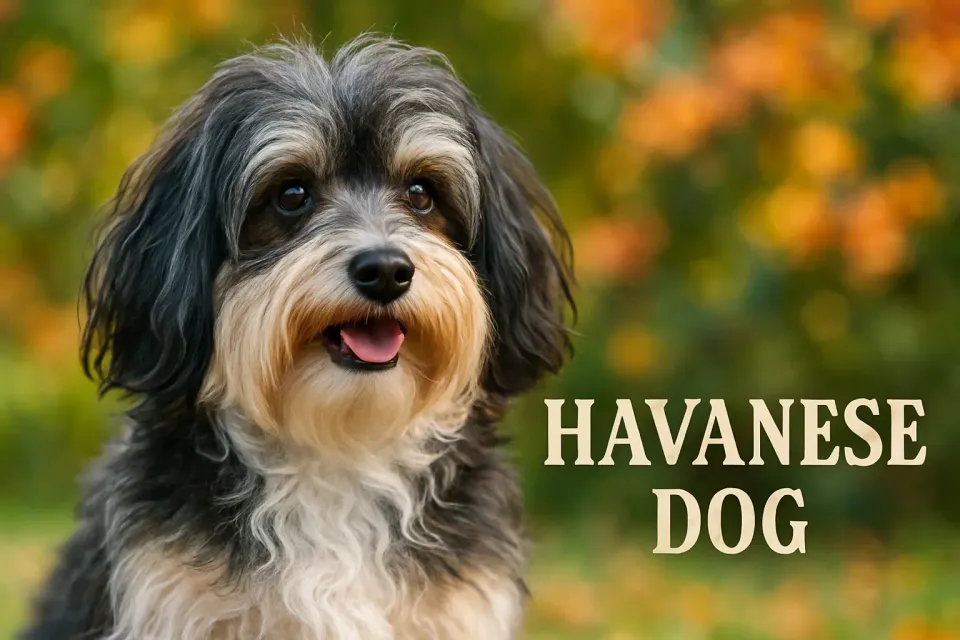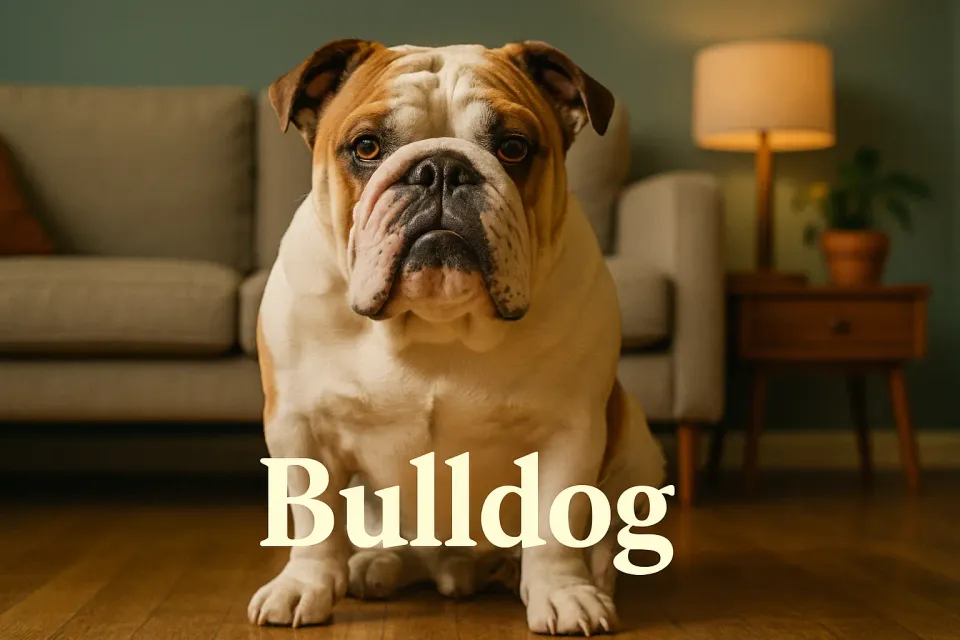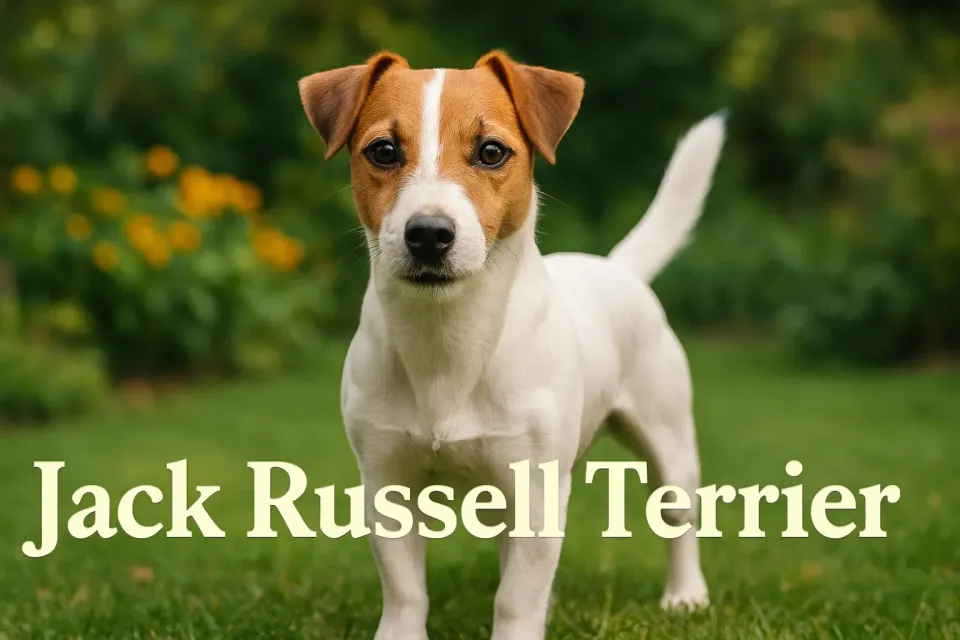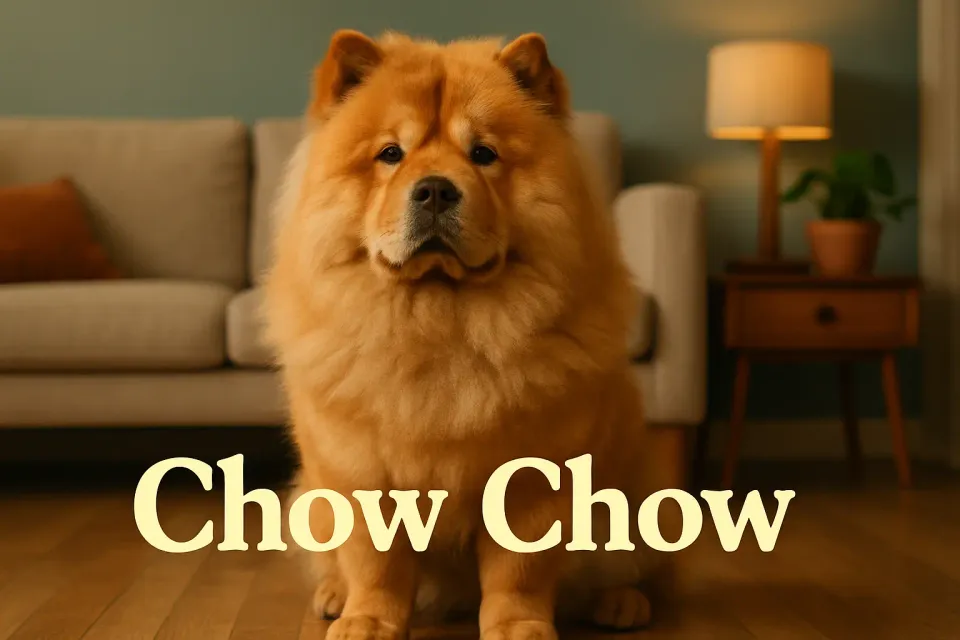Great Dane: Your Ultimate Guide to This Gentle Giant 🐶
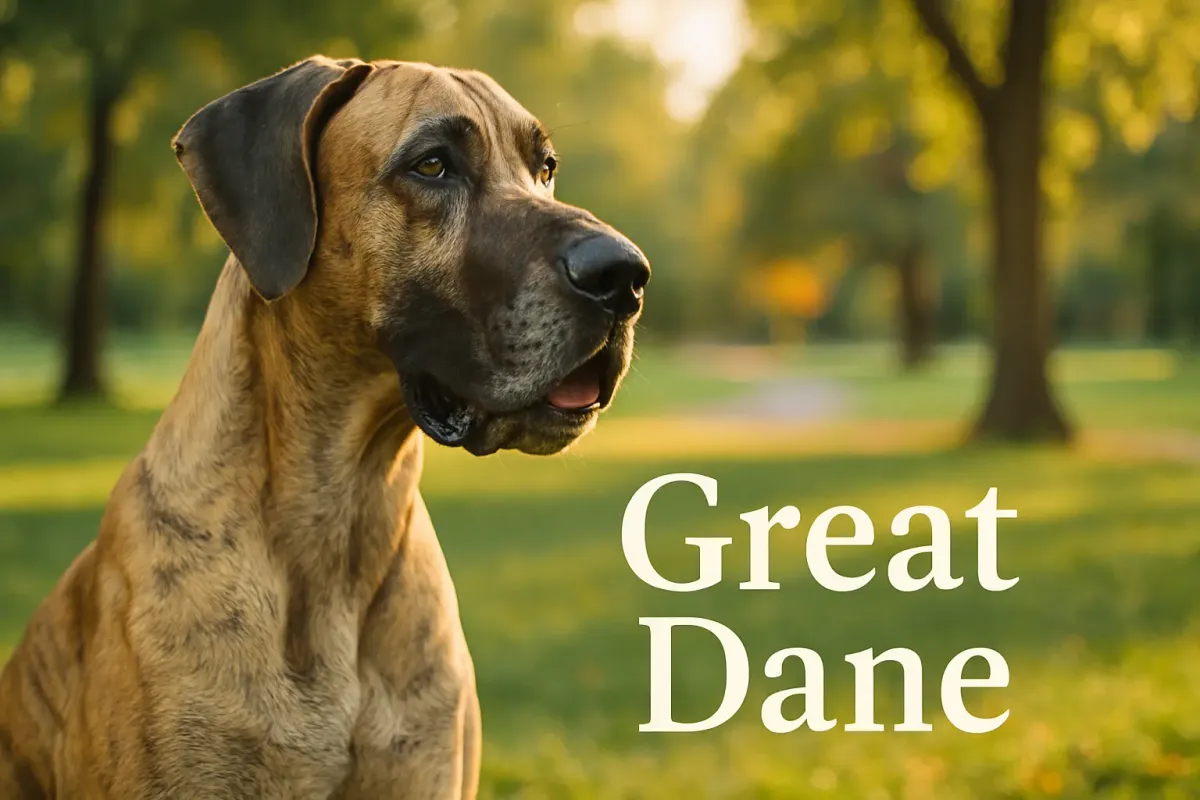
The Great Dane is a majestic and towering dog breed, often referred to as the "gentle giant" for its impressive size and calm, affectionate nature. Originating in Germany over 400 years ago, Great Danes have become beloved worldwide, including in India, where their regal presence and gentle temperament make them cherished companions. Despite their imposing stature, Great Danes are known for their friendly demeanor and love for human company. This comprehensive guide explores everything you need to know about the Great Dane, from its rich history and unique traits to care, training, and adoption tips. Whether you’re considering adding a Great Dane to your home or simply intrigued by this noble breed, this guide is your go-to resource. 🌟
For a broader perspective on popular breeds, check out Dog Breeds in India.
History of the Great Dane 📜
The Great Dane traces its origins to 16th-century Germany, where it was bred from Mastiff-type dogs to hunt wild boar and serve as a guard dog for nobility. Known as the "Deutsche Dogge" (German Dog), the breed was refined over centuries to combine strength, elegance, and a calm temperament. The name Great Dane emerged in the 18th century, possibly due to a mistranslation or association with Danish nobility, despite no direct connection to Denmark.
By the 19th century, Great Danes transitioned from working dogs to beloved companions, admired for their size and grace. In India, Great Danes are valued for their gentle nature and suitability as family pets, particularly in homes with ample space. Today, Great Danes are celebrated for their versatility and heartwarming presence. 🐕
Characteristics of the Great Dane 🐾
Great Danes are instantly recognizable for their massive size and elegant build. Here’s a closer look at what defines this breed:
Physical Appearance
- Size: Giant, standing 28–34 inches tall (males) and 26–32 inches (females).
- Weight: Males weigh 140–175 pounds, females 110–140 pounds.
- Coat: Short, smooth, and glossy, in colors like fawn, brindle, black, blue, mantle, or harlequin (white with black patches).
- Lifespan: 7–10 years with proper care.
The Great Dane’s long neck, deep chest, and graceful stride give it a regal, statuesque appearance.
Temperament
Great Danes are known for their gentle, friendly, and affectionate personality. Key traits include:
- Gentle: Despite their size, they’re calm and patient, earning the "gentle giant" nickname.
- Affectionate: Love bonding with family members, often seeking physical closeness.
- Protective: Naturally alert, making them effective watchdogs.
- Sociable: Get along well with children, other pets, and strangers when socialized.
These qualities make the Great Dane a loving and reliable companion for families with space to accommodate them.
Why Choose a Great Dane? 🌟
Great Danes are a unique breed suited for specific lifestyles. Here’s why Great Danes stand out:
- Gentle Companions: Their calm demeanor makes them ideal for families.
- Natural Watchdogs: Their size and alertness deter intruders without aggression.
- Low Grooming Needs: Short coats require minimal maintenance.
- Loyal Friends: Form deep bonds with their owners, offering unwavering devotion.
Great Danes are perfect for owners with large homes and a love for big dogs.
Caring for a Great Dane 🧼
Owning a Great Dane requires dedication to their physical and emotional well-being. Here’s a detailed guide to their care:
Diet and Nutrition 🍽️
A balanced diet is crucial for the Great Dane’s large size and health.
- Food Type: High-quality dry kibble or wet food formulated for giant breeds. Choose protein-rich options with ingredients like chicken, beef, or fish.
- Portion Size: 6–10 cups of food daily, split into two or three meals, adjusted for age, weight, and activity level.
- Treats: Use low-calorie treats like carrots or green beans for training. Avoid human foods like chocolate.
- Hydration: Ensure constant access to fresh water, especially after exercise.
Consult a vet to prevent overfeeding, as Great Danes are prone to obesity and bloat.
Grooming 🛁
The Great Dane’s short coat is low-maintenance but benefits from regular care.
- Brushing: Brush weekly with a rubber curry brush to remove loose hair and promote shine.
- Bathing: Bathe every 6–8 weeks with a dog-specific shampoo to avoid skin irritation.
- Nail Trimming: Trim nails every 3–4 weeks to prevent discomfort.
- Ear Cleaning: Clean ears weekly to prevent infections.
- Dental Care: Brush teeth 2–3 times a week to maintain oral health.
Regular grooming keeps your Great Dane clean and comfortable.
Exercise Needs 🏃♂️
Great Danes have moderate exercise needs, requiring 1–1.5 hours of daily activity to stay healthy.
- Activities: Long walks, moderate play, or short runs are ideal. Avoid intense exercise in puppies to protect growing joints.
- Mental Stimulation: Puzzle toys, obedience training, and scent games engage their minds.
- Socialization: Regular interactions with people or pets enhance their sociability.
A well-exercised Great Dane is content and less likely to develop destructive behaviors.
Training a Great Dane 📚
Great Danes are intelligent and eager to please but require consistent training to manage their size and instincts.
Basic Commands
Teach commands like sit, stay, come, and down using positive reinforcement.
- Consistency: Use clear cues and reward with treats or praise to motivate Great Danes.
- Gentle Leadership: Their sensitive nature responds best to calm, firm guidance.
Socialization
Early socialization ensures Great Danes become confident and friendly adults.
- Puppy Classes: Enroll in group classes to improve manners and exposure to other dogs.
- Controlled Introductions: Gradually introduce them to people, pets, and new environments like parks or markets.
Managing Their Size
Great Danes can unintentionally knock over objects or people due to their size.
- Leash Training: Teach loose-leash walking to manage their strength.
- Space Awareness: Train to navigate homes without bumping into furniture.
With proper training, Great Danes become well-mannered gentle giants.
Health Concerns for Great Danes 🩺
Great Danes are prone to certain health issues due to their giant size. Regular vet checkups are essential.
- Bloat (Gastric Torsion): A life-threatening condition common in deep-chested breeds. Feed smaller meals and avoid exercise after eating.
- Hip Dysplasia: A genetic condition affecting hip joints, causing mobility issues.
- Dilated Cardiomyopathy (DCM): A heart condition that can lead to heart failure. Regular screenings are recommended.
- Osteosarcoma: Bone cancer is more common in giant breeds like Great Danes.
- Wobbler Syndrome: A spinal condition affecting neck stability, causing wobbly gait.
Preventive Care
- Vaccinations: Follow a vet-recommended schedule for core vaccines like rabies and distemper.
- Flea and Tick Control: Use monthly preventives to protect against parasites.
- Spaying/Neutering: Reduces health risks and curbs behavioral issues.
Proactive care ensures your Great Dane enjoys a healthy, albeit shorter, life.
Adopting a Great Dane in India 🏡
Adopting a Great Dane in India requires careful planning due to their size and needs.
Where to Adopt
- Reputable Breeders: Choose breeders registered with the Kennel Club of India (KCI) who provide health clearances.
- Rescue Organizations: Groups like Blue Cross of India or local shelters may have Great Danes for adoption.
- Pet Shops: Verify the source to avoid puppy mills, which prioritize profit over animal welfare.
Cost of a Great Dane
- Puppy Price: INR 30,000–70,000 from reputable breeders, depending on pedigree.
- Monthly Expenses: INR 8,000–12,000 for food, grooming, and vet care.
Questions to Ask Breeders
- Are the parents tested for hip dysplasia and DCM?
- Can I see the puppy’s living conditions and meet the parents?
- What vaccinations and deworming have been done?
Adopting a Great Dane from a trusted source ensures a healthy, well-adjusted pet.
Great Danes as Family Pets 👨👩👧👦
Great Danes are exceptional family pets due to their gentle and affectionate nature.
- With Children: Patient and gentle, they’re great with kids. Supervise young children to prevent accidental knocking.
- With Other Pets: Generally sociable but need gradual introductions with other dogs or cats.
- In Homes: Require space, ideally a house with a yard, but can adapt to apartments with enough exercise.
A Great Dane brings warmth and protection to households with ample space.
Fun Facts About Great Danes 🎉
- Cartoon Icon: Scooby-Doo, the beloved animated character, is a Great Dane!
- Record Holders: Great Danes hold records for the world’s tallest dog, like Zeus, who stood 44 inches tall.
- Royal Companions: They were favored by European nobility for their elegance.
- Gentle Giants: Despite their size, they’re known for sitting on owners’ laps like smaller dogs.
These facts highlight why Great Danes are such a cherished breed.
FAQs About Great Danes ❓
Are Great Danes good for first-time owners?
They can be, but their size and health needs require committed owners.
How much exercise do Great Danes need?
They need 1–1.5 hours of daily exercise, including walks and play.
Do Great Danes shed a lot?
They shed moderately, with weekly brushing keeping it under control.
Are Great Danes good with kids?
Yes, their gentle nature makes them great for families.
How much does a Great Dane cost in India?
Puppies cost INR 30,000–70,000, with monthly expenses of INR 8,000–12,000.
What health issues do Great Danes face?
Common concerns include bloat, hip dysplasia, and DCM. Regular vet care is key.
Conclusion: Why the Great Dane Is the Perfect Companion ✨
The Great Dane is a remarkable breed, combining elegance, gentleness, and a protective spirit that captivates dog lovers worldwide. From their historical roles as noble hunters to their growing popularity in India, Great Danes are truly exceptional. By providing proper care, training, and a spacious environment, you can ensure your Great Dane thrives as a devoted companion. Whether you’re adopting a puppy or learning more about this breed, Great Danes promise a lifetime of love and awe-inspiring moments. Start your journey with a Great Dane today and welcome a gentle giant who’ll fill your home with joy! 🐶🌟

